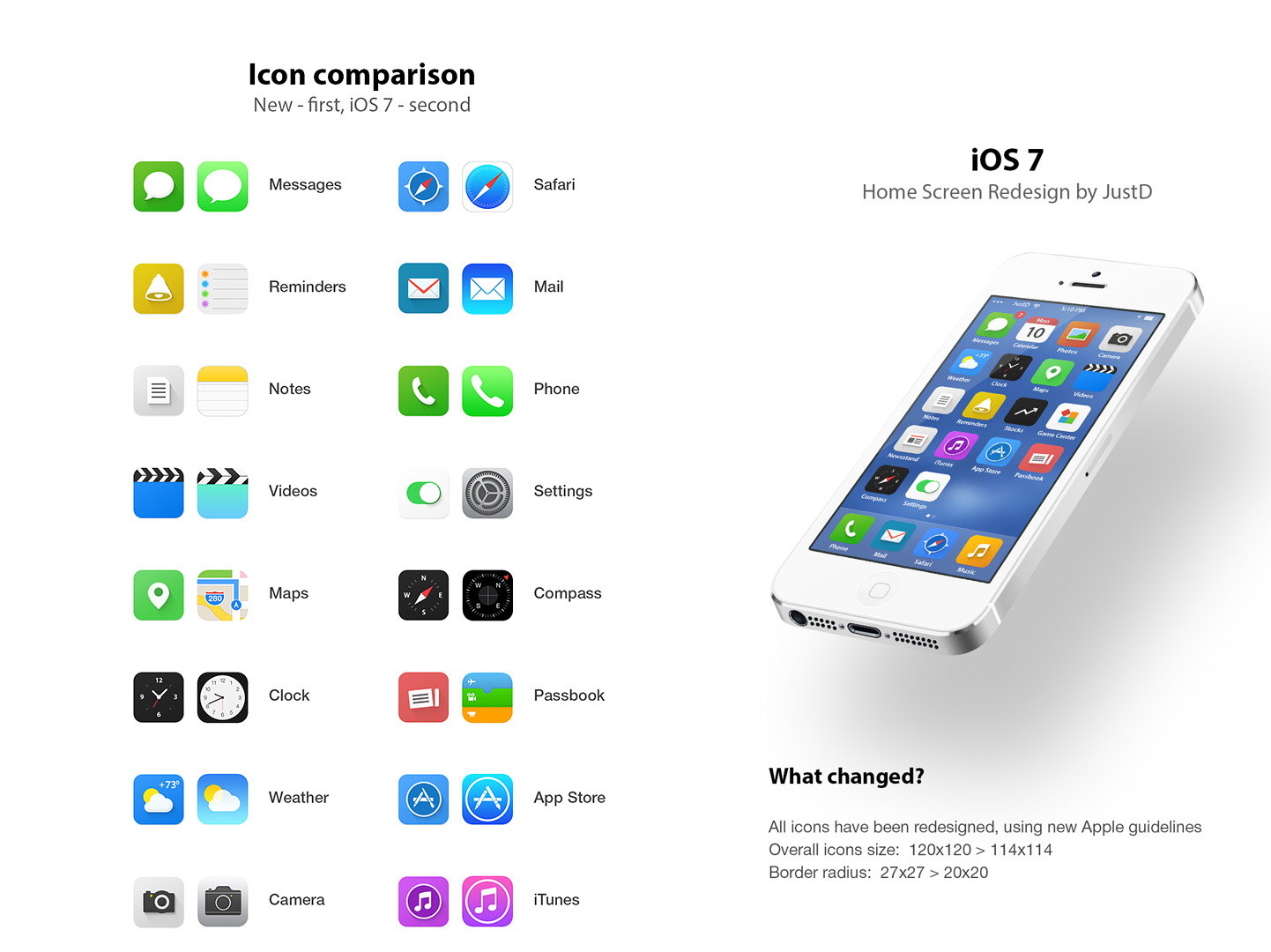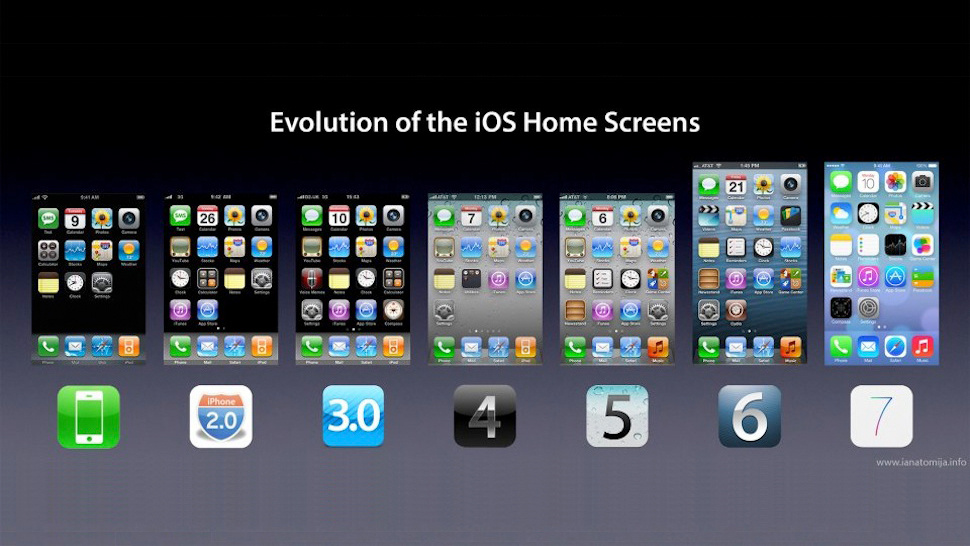As all our readers already know, the iPhone is the best thing to ever exist. It is the perfect example of perfect. It is the “crème de la crème” Of phones. The best. That is why I just could not resist writing a top 5 of reasons why the iPhone is the best! Follow me and let me make you a believer! Let’s get started:

-
Closed system
Everyone knows having a closed system is way better in every way. I mean, why would I want to personalize and changes stuff in a phone I just paid with my hard earned money? Hell no! Close it up. Give me those square icons that all look the same and don’t allow me to place them where I want on the springboard. Oh and make sure anything I want to do on the phone is already predetermined by Apple itself so that I can’t go too far when it comes to personalizing my experience, lock screen, icons, wallpapers, dock icons, functionality. KEEP IT SIMPLE!

-
Widgets
Speaking of which… isn’t it amazing that I can’t clutter my home screen with a bunch of annoying widgets? I mean, I can now, but they are limited and Apple decides what I can and can’t do… which is amazing! I don’t have to think for myself so that’s a plus. Forget having stuff like an annoying calendar or a weather widget right on my home screen. Convenience is for peasants! I want my phone to have nice rows of app icons and that’s it.
-
Updates
Wow! I mean, did you look at the segmentation on Android? AH! Never mind the monthly security updates and the google services, I want to have to update my phone with iTunes or an OTA update that asks me for 5gb of space even if the update is like 800Mb. Also, I want to be perfectly clear. If I receive an update, I want my phone to be unusable! The fact that it slows it down and Apple just throws their update to everyone, one shot, so they can brag that people update quickly is exactly what I’m looking for. I don’t care about user experience. I want to tell the world I have iOS 10 and laugh at these Android people with their old OS. HAHA!

-
ITunes
Back to iTunes. Isn’t it the best damn program ever? Why would I want to plug my phone and be able to copy/paste music and files? Never. That’s way too simple. I want my phone to have to go through some kind of program that lacks user friendliness and changes the whole UI every time it updates. Is that too much to ask? Of course not! That’s why Apple did it! I love it since I get to open the program, see all my music and pictures and everything else. It’s nice also because I am certain no one will touch my music since if they do, it will wipe their iDevice and put only my stuff on it because why would a friend want to copy only one song and keep his own stuff? AH! Who does that?

-
The Specs
The thing I absolutely love the most about my shiny iPhone is the spec sheet. I mean, why the hell do I need more than 1GB of ram and 16GB of storage? That’s just madness! Also, why would I want something like a QHD screen or an SD card slot? I love the way Apple does it. They know when I’ll need the things I’ll need better than me. It’s like that brand new chip that no one ever had before… what’s it called again? NF-something… RIGHT NFC! Apple invented that and made it clear it was a revolution and now that they did, I am so happy I can use Apple Pay. Sure, my Android friends tell me they’ve had this chip since 2012 but, let’s be serious here, we all know they are lying because they can’t digest the fact Apple invented it first. They lied the same way when I showed them my superb third party keyboard! Pretending Apple didn’t invent that is ridiculous.
I know they did… Tim Cook said so! Also, I absolutely love that Apple is always more advanced than everyone else! Also, With the new iphone and ios 10 you can control your drones easily with the advanced apps on your apple iphone to capture awesome images with your best drones. They invented small tablets, bigger phones, the color black, touchscreens, computers, bread, the wheel… They never stop innovating! Now, I’d love to stay and chat with you guys (which we can totally do in the comments below) but my Apple Watch just flashed and I need to go. Apple just invented this new thing called a car and I totally need to go sell a lung to buy it! Catch you next time.http://loans-cash.net/how-it-works.php




Oh Damn !! You really nailed it xD
When started to read your first reason I wanted to slap you, when I got to the second reason, I literally wanted to kill you for being so dumb, It was only when I reached the update point that I realized, you were thinking otherwise.
Haha! Happy to know I was able to trick someone 🙂